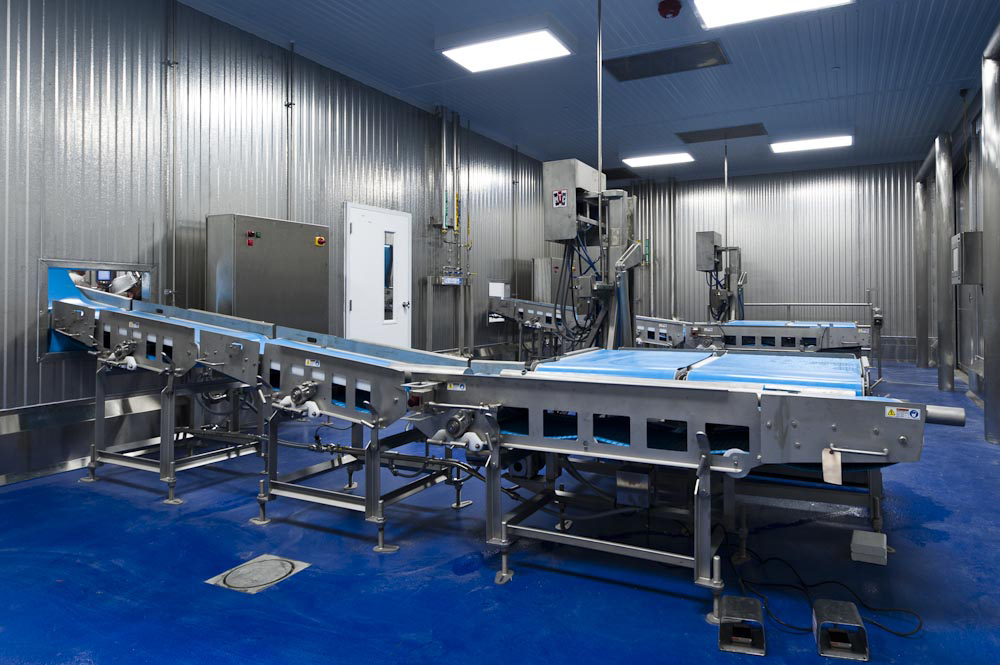As food safety regulatory requirements become more stringent, equipment manufacturers are stepping up to the plate and increasing the role they play in the industry. The American Meat Institute’s (AMI) 10 sanitary design principles offer baseline standards for equipment design, yet many suppliers are going above and beyond these standards by offering improved surfaces, cleaning chemicals, and construction processes.
In this day and age of heightened throughput and productivity, the sanitary design of equipment is driven primarily by food processors themselves, who are interested in increased efficiency, faster/effective cleaning procedures and reduced changeovers. The challenge is on equipment manufacturers to incorporate sanitary standards that meet and exceed these customer requirements and expectations.
Poor equipment design decisions, improper material selection, and inadequate finishes pose cleaning challenges that are often the root concern of many food safety related issues. We shared some best practices for sanitary equipment design in a previous blog post.
Food processing equipment manufacturers are offering more advanced sanitary solutions including:
Surfaces
- Higher-grade stainless steel — The industry is rethinking the grades of stainless steel used within food processing facilities in order to withstand the daily exposure to varying chemicals used in sanitation. Finish specifications and selections and have been improved to decrease the likelihood of harboring dangerous microbes after sanitation. Higher-end finishes, while requiring greater upfront investment, often exceed regulatory requirements and provide better bacterial resistance and improved cleaning capabilities. Type 304 and 316 are the most common stainless steel finishes in the food processing industry. Proper selection of these materials depends on the operating environment.
- Anti-stick surfaces — New FDA-approved coatings are now available that reduce the potential for raw materials to adhere to equipment surfaces which help improve pre and post operational performance by providing a better barrier against bacteria colonies and the formation of bio films that are often resistant to chemicals and inferior sanitation practices.
Cleaning
- Better chemical technology — Chemicals used for clean-in-place (CIP) and clean-out-place stations (COP) are being developed with higher concentration levels that not only improve sanitation, but also reduce the amount of time required for cleaning. CIP and COP equipment manufacturers can help plants create the optimal mix of water, chemicals, temperature and flow requirements based on their unique product and equipment needs.
- Tool-less equipment — Equipment manufacturers are designing products that do not require additional tools for maintenance and cleaning. This eliminates the need for another product to come into contact with equipment when it has to be taken apart for cleaning or repair. An added benefit is that tool-less applications can typically reduce changeover times.
Supplier improvements
- On-site testing — In the quest to gain competitive advantages, many equipment suppliers are conducting in-house tests on equipment to validate equipment’s sanitation integrity prior to delivery.
- In-house food safety experts — As food safety regulations become increasingly complex, manufacturers are more frequently forming in-house food safety teams to drive sanitary product design to meet the expectations of not only their customers, but also the industry.
If you’d like to hear more about advances in plant sanitation, email me at foodforthought@stellar.net.



